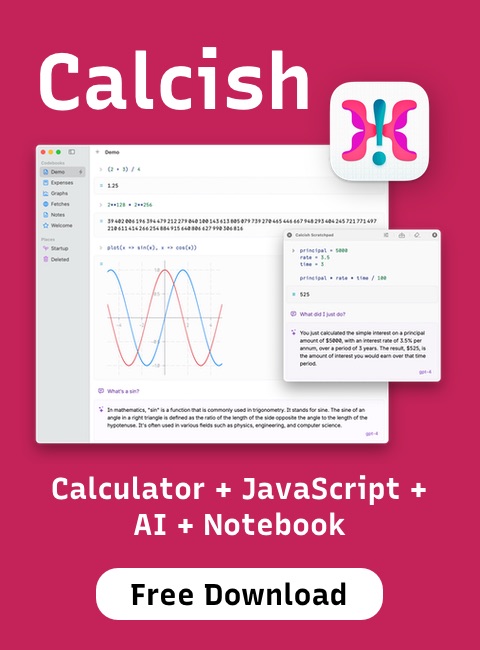Tag: css
| Sep 18, 2023 | WebKit Features in Safari 17.0 |
| Jun 21, 2023 | Modern CSS For Dynamic Component-Based Architecture |
| Dec 30, 2022 | Color Formats in CSS |
| Dec 08, 2022 | Named color wheel |
| Feb 09, 2015 | Colors — default web palette replacement |
| Feb 05, 2015 | Fontello — build custom icon fonts |
| Jan 24, 2015 | Hint.css — pure CSS tooltips |
| Jan 22, 2015 | 3 Minimalistic Bootstrap Alternatives |
| Jan 01, 2015 | Download web fonts from Google with webfont-dl |
